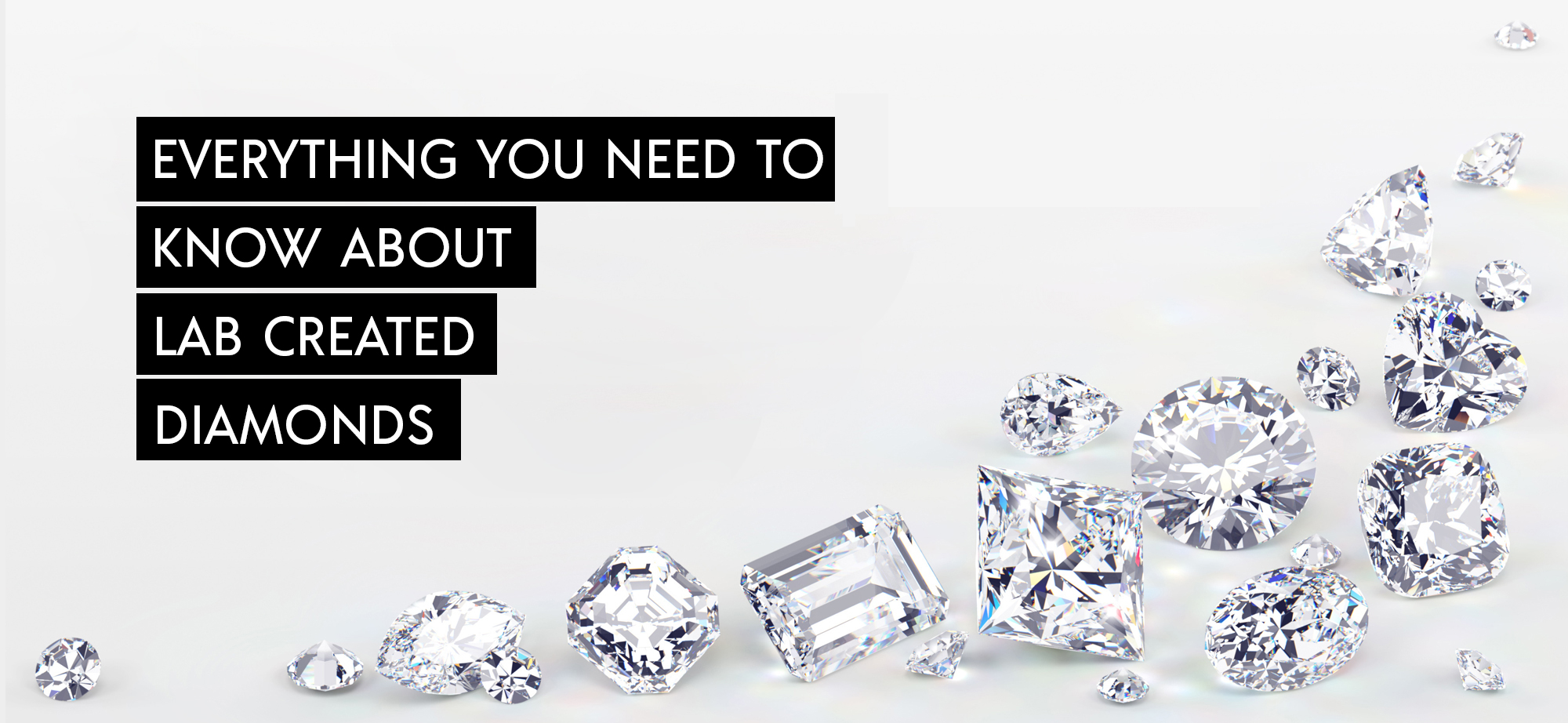Lab-Grown Diamonds: The Future of Jewels

Over the last few years, lab-grown diamonds have become a disruptive force in the fashion jewelry industry. These diamonds, created through innovative scientific methods in regulated laboratory environments, possess similar physical and chemical properties to their naturally formed counterparts. As concerns about ethical mining practices and environmental sustainability rise, lab-grown diamonds are getting appeal as a feasible and ethical alternative. This post checks out the increase of lab-grown diamonds and their possible to transform the future of gems.
The Science Behind Lab-Grown Diamonds
Lab-grown diamonds are created using 2 main approaches: High Pressure-High Temperature (HPHT) and Chemical Vapor Deposition (CVD). In the HPHT technique, a small diamond seed undergoes intense pressure and high temperatures, reproducing the natural process of diamond development. On the other hand, CVD involves the deposition of carbon atoms onto a diamond seed using a hydrocarbon gas. These innovative clinical methods permit the regulated development of diamonds in a matter of weeks, compared to the countless years it takes for natural diamonds to form.
Similar Beauty, Ethical Production
Among the crucial advantages of lab-grown diamonds is their similar beauty to natural diamonds. Both types possess the same chemical structure, crystal structure, and optical homes, making it almost impossible to distinguish in between them with the naked eye. Lab-grown diamonds display the same brilliance, shimmer, and sturdiness as their mined equivalents, making them an outstanding option for jewelry enthusiasts.
Furthermore, lab-grown diamonds attend to the ethical concerns associated with standard diamond mining. The mining industry has long been pestered by concerns such as child labor, risky working conditions, and ecological damage. By selecting lab-grown diamonds, customers can take pleasure in the appeal of diamonds without contributing to these dishonest practices. The production process of lab-grown diamonds is likewise more environmentally friendly, requiring less land disruption and substantially reducing carbon emissions.
Price and Accessibility
Generally, diamonds have been thought about a luxury item, frequently connected with a high price tag. However, lab-grown diamonds provide a more economical option without compromising on quality. The controlled production procedure allows manufacturers to provide lab-grown diamonds at a lower cost compared to their natural equivalents. This price allows a larger variety of consumers to delight in the elegance and status related to diamond precious jewelry.
Moreover, the accessibility of lab-grown diamonds is improved by their schedule in various sizes, shapes, and colors. The controlled development process permits greater flexibility in diamond production, accommodating private choices and personalization. This adaptability expands the possibilities for distinct and personalized precious jewelry styles, making lab-grown diamonds an attractive choice for consumers seeking individuality.
Forming a Sustainable Future
As sustainability ends up being an increasingly crucial consideration throughout industries, lab-grown diamonds line up with the growing demand for eco-friendly options. The diamond mining industry has a substantial eco-friendly footprint, with extensive land disturbance and energy-intensive operations. In contrast, lab-grown diamonds need less resources, emit fewer greenhouse gases, and reduce the effect on ecosystems. By selecting lab-grown diamonds, customers can make a mindful decision to support a more sustainable and accountable jewelry industry.
Market Response and Future Outlook
The precious jewelry market has remembered of the rising popularity of lab-grown diamonds and has started accepting them. Major jewelry brand names and sellers are integrating lab-grown diamonds into their offerings, recognizing the need for sustainable and ethically sourced gems. This acceptance by the market even more solidifies the position of lab-grown diamonds as a considerable gamer in the market.
Looking ahead, the future of lab-grown diamonds appears promising. Ongoing developments in technology and production strategies are likely to result in even higher-quality lab-grown diamonds. Furthermore, increased customer awareness and preference for ethical and sustainable products are expected to drive the need for lab-grown diamonds further. Read the spectacular news about lab diamonds at https://pageantry-digital.com/breaking-the-mold-exploring-the-advantages-of-lab-grown-diamonds/ and be the first to comment and discuss it with your friends!
Conclusion
Lab-grown diamonds are reinventing the precious jewelry market by using an ethical, affordable, and sustainable alternative to naturally mined diamonds. With their similar appeal, lower ecological effect, and ease of access, lab-grown diamonds are well-positioned to shape the future of gems. As consumers end up being more conscious of the social and environmental impact of their choices, lab-grown diamonds offer a stylish option that combines beauty with duty. The ongoing growth and acceptance of lab-grown diamonds suggest that they are here to remain, paving the way for a more ethical and sustainable precious jewelry industry.
Source:

https://www.brides.com/lab-grown-vs-natural-diamonds-what-s-the-difference-5216790
